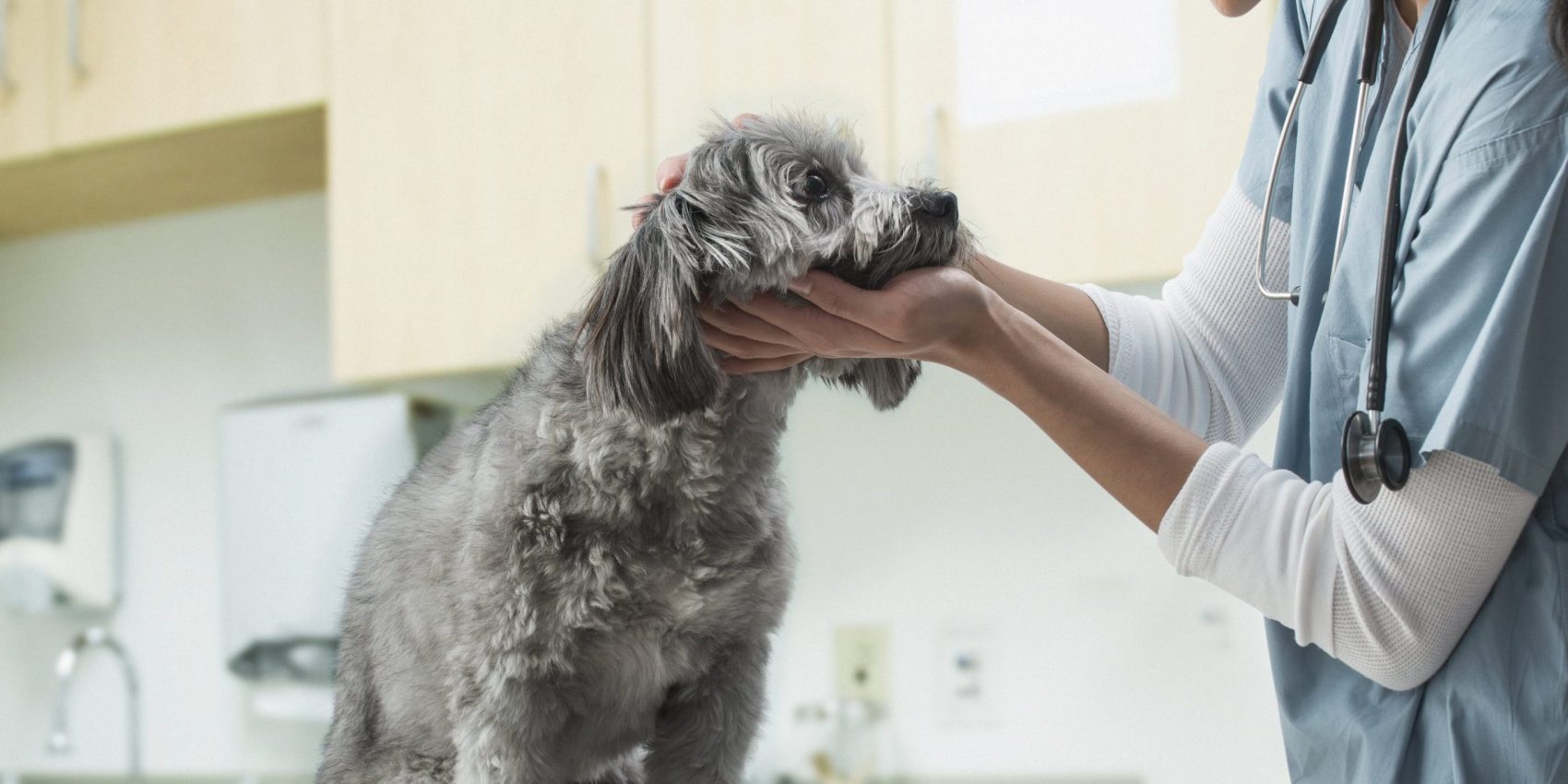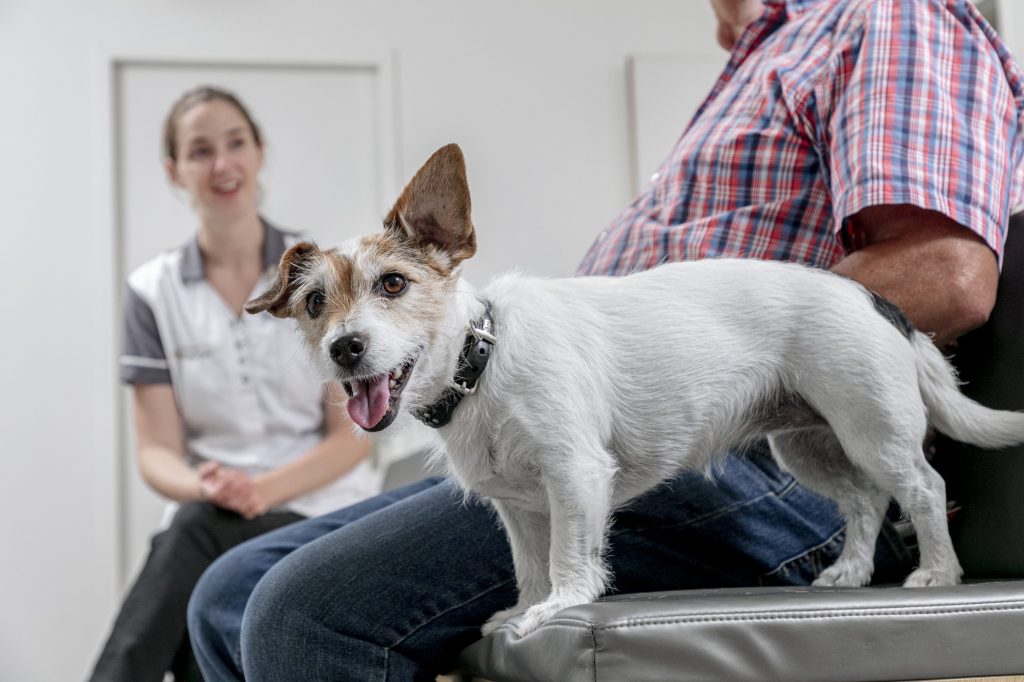
Emergencies
It is important to be able to recognize an emergency and know what to do if one occurs. Talk to your veterinary team for help with your dog’s care and treatment.
Ketoacidosis
A life threatening condition where there is high blood glucose, ketones and dehydration. This complication develops due to:
- Untreated or inadequately treated diabetes
- Insufficient insulin dose
- Concurrent illness and/or anorexia
What causes ketoacidosis in diabetics?
In untreated or poorly managed diabetes the body does not have enough insulin to utilize glucose. Instead fat is broken down to provide energy. When fat is used as an energy source, acids known as ketones are produced. Ketones circulating in the blood cause signs, such as excessive thirst and urination, loss of appetite, nausea and/or vomiting and lethargy, which may be subtle at first.
Diagnosis
The diagnosis of diabetic ketoacidosis is based on detecting ketones and large amounts of glucose in the urine. See Urine Monitoring for more information. This may also be confirmed by blood tests.
Treatment
Diabetic ketoacidosis can be life threatening and treatment must be started as soon as possible. Depending on the signs your dog is showing, your veterinarian will likely admit your dog for treatment, which can include intravenous fluid therapy and short-acting insulin.

Hypoglycemia
A life threatening condition due to low blood glucose. This is due to too high a dose of insulin for your dog’s needs, which can happen at any time.
If low blood glucose occurs
No external signs or only subtle signs
- Behavioral changes
- Looking for food or scavenging behavior
- Anxiety
- Depression
Sudden signs requiring immediate life-saving care
- Trembling, twitching muscles or shivering
- Weakness
- Seizures
- Coma
If your dog is conscious
- Administer the treatment recommended by your veterinarian
- If your dog is able to swallow, try feeding a little of your dog’s food
- If your dog is not willing or able to eat, rub a small amount of a glucose source (such as corn syrup or glucose powder*, tablets or gel) onto your dog’s gums. Administer glucose carefully – do not pour the solution into your dog’s mouth as this may choke your dog. Take care to avoid an accidental bite.
- Glucose is absorbed very quickly (1–2 minutes) and your dog should start to become responsive again
- Contact your veterinarian immediately for further instructions
- Your dog may need to visit your veterinarian and may need to be hospitalized for additional treatment
*If glucose powder is used mix this with a small amount of tap water to make a glucose solution using 5 g of glucose (approximately 1 teaspoon) per 5 kg (11 lbs) bodyweight
If your dog is unconscious
Contact your veterinarian immediately – this is an emergency! Carefully administer a glucose source under your dog’s tongue or rub onto your dog’s gums. Take care to avoid an accidental bite.
Other Causes for Concern
Contact your veterinarian immediately if you are worried about your dog or if your dog is showing any of the following
- Any swelling or pain
- Behavioral change, anxiety or depression
- Eating less or not eating
- Excessive thirst for 3 days or more
- Any changes in or abnormal urination (e.g. excessive urination for 3 days or more, urination at night, small, frequent urination, straining, blood in the urine, loss of housetraining)
- Vomiting and/or diarrhea

